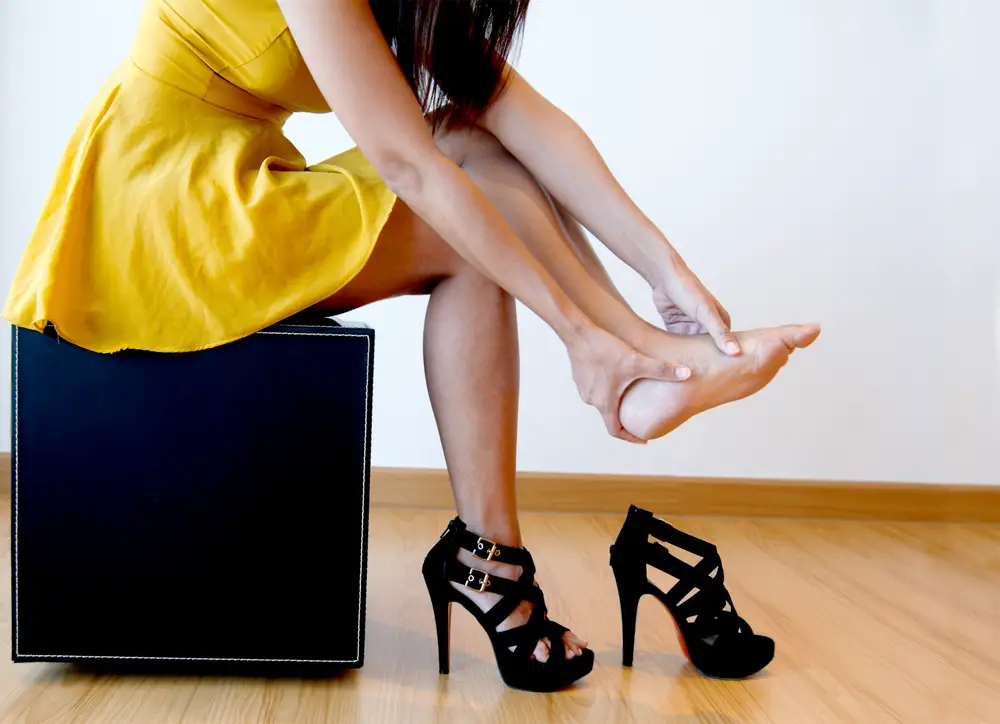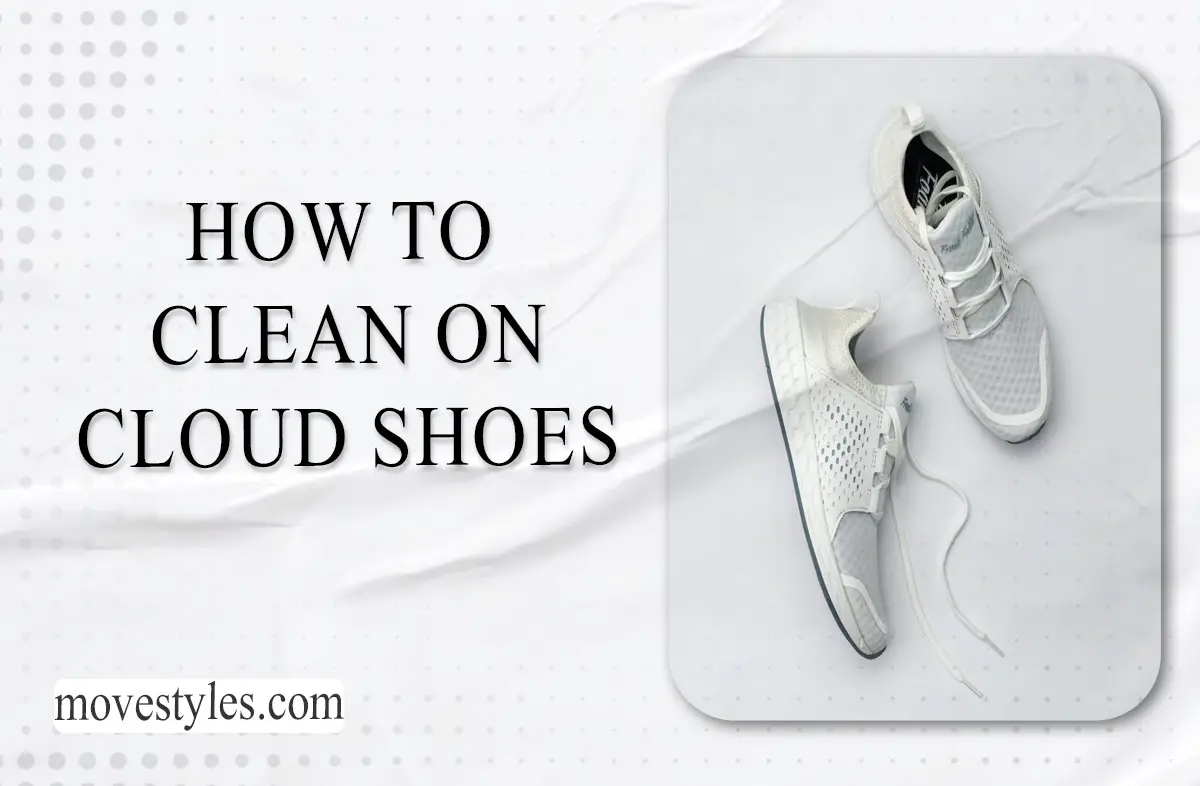Undergoing surgery is a significant medical event that often comes with a host of post-operative precautions and considerations. For those with a penchant for fashion, one common question that arises after surgery is whether it’s safe to resume wearing high heels.
While high heels may be a fashion statement, they can impact your recovery process and overall well-being. In this article, we’ll delve into the various factors to consider when deciding whether to don those stylish stilettos post-surgery.
The Healing Process
Before discussing the compatibility of high heels with the post-surgery recovery process, it’s important to recognize that recovery times vary widely depending on the type of surgery, individual health, and other factors.
However, most surgeries involve a period of healing, during which the body repairs itself and regains strength. During this time, patients are often advised to avoid activities that could hinder the healing process or put undue strain on the body.
Impact of High Heels
High heels, with their narrow base and elevated heel, can significantly alter the body’s posture and gait. These shoes place excessive pressure on the forefoot and toes, and they can force the body’s weight distribution forward. The increased strain on the feet and ankles can potentially affect the surgical site and surrounding areas. Here are a few key considerations to keep in mind:
- Pressure on Surgical Site: Wearing high heels can increase pressure on the surgical area, potentially disrupting the healing process and causing discomfort. Incisions, stitches, and other wound closures need time to heal properly, and any additional pressure could lead to complications like delayed healing, infection, or scar formation.
- Ankle Instability: High heels can alter the body’s center of gravity and force the wearer to walk in an unnatural manner. This change in gait can increase the risk of accidents, particularly during the healing process when the body may not have fully regained its strength and balance. Ankle instability could lead to sprains or falls, which could exacerbate existing post-surgery concerns.
- Circulation Issues: Surgery often affects blood flow, and wearing high heels can exacerbate circulation problems. The constriction of blood vessels due to tight-fitting shoes can slow down the healing process, especially in areas where blood flow is already compromised due to surgery.

Check Out: How To Clean Muddy Shoes?
Guidelines for Wearing High Heels After Surgery
While the allure of high heels is undeniable, it’s crucial to prioritize your health and recovery. If you’re considering wearing high heels after surgery, here are some guidelines to help you make an informed decision:
- Consult Your Surgeon: Before making any decisions about your footwear, consult your surgeon or healthcare provider. They are familiar with your medical history and the specifics of your surgery, and they can provide personalized advice based on your condition and healing progress.
- Consider Healing Progress: The timing of when you can wear high heels again varies depending on the type of surgery and individual recovery progress. As a general rule, it’s best to wait until your surgeon confirms that the surgical site has healed sufficiently and is no longer at risk of complications.
- Start Slowly: If your surgeon gives you the green light to wear high heels, consider starting with lower heels and gradually increasing the height as your body readjusts. This can help reduce the sudden strain on your feet, ankles, and legs.
- Comfort and Support: Opt for high heels that provide ample comfort and support. Look for shoes with cushioned insoles, wider toe boxes, and sturdy ankle straps. These features can help mitigate the potential negative impacts on your feet and posture.
- Listen to Your Body: Pay attention to how your body responds when you wear high heels. If you experience pain, discomfort, or instability, it’s a sign that your body might not be ready for such footwear yet. Prioritize your well-being over fashion choices.
- Alternate Footwear: Even if you’re cleared to wear high heels occasionally, it’s a good idea to alternate them with more supportive footwear. This will give your body a break and help prevent any potential long-term issues stemming from wearing high heels too frequently.
Read This: Can I Wear High Heels After Bunion Surgery
Conclusion
In the end, the decision to wear high heels after surgery should be made with careful consideration of your health and recovery needs. While high heels can be an essential part of one’s personal style, it’s vital not to compromise your well-being for the sake of fashion. Always prioritize the guidance of your healthcare provider and the signals your body is sending you. Remember that a proper healing process is the foundation for long-term health and happiness, and that includes making wise choices about the shoes you wear.
Frequently Asked Questions
Can I wear high heels immediately after surgery?
It’s generally not recommended to wear high heels immediately after surgery. Surgical procedures often involve incisions, stitches, and healing tissues that need time to recover. High heels can put pressure on these sensitive areas, potentially causing discomfort, swelling, and hindering the healing process. Consult your surgeon for specific recommendations about when it’s safe to resume wearing high heels.
How long should I wait before wearing high heels after surgery?
The recommended waiting time before wearing high heels after surgery varies depending on the type of surgery you underwent and your individual healing progress. In many cases, it’s advisable to wait at least a few weeks to a couple of months before reintroducing high heels. Your surgeon or healthcare provider will be the best source of guidance, as they can evaluate your recovery and advise you on the appropriate timeline.
Are there any risks associated with wearing high heels post-surgery?
Wearing high heels too soon after surgery can potentially pose risks to your healing process. High heels can increase the pressure on surgical sites, leading to pain, swelling, or even delayed wound healing. Additionally, the altered posture and gait associated with high heels might strain your body and affect your overall recovery. To minimize these risks, follow your healthcare provider’s recommendations and progress gradually when reintroducing high heels.


![How to Clean Leather Shoes? [Explained]](/uploads/how-to-clean-leather-shoes.jpg)
![What Shoes Are Best For Working At A Bar? [Comfort & Safety]](/uploads/what-shoes-are-best-for-working-at-a-bar.jpg)

![How to Not Crease Your Shoes? [Updates of 2023]](/uploads/how-to-not-crease-your-shoes.jpg)
![Is it a Good Idea to Wear Crocs to a Festival? [Footwear Guide 2024]](/uploads/is-it-a-good-idea-to-wear-crocs-to-a-festival.jpg)
